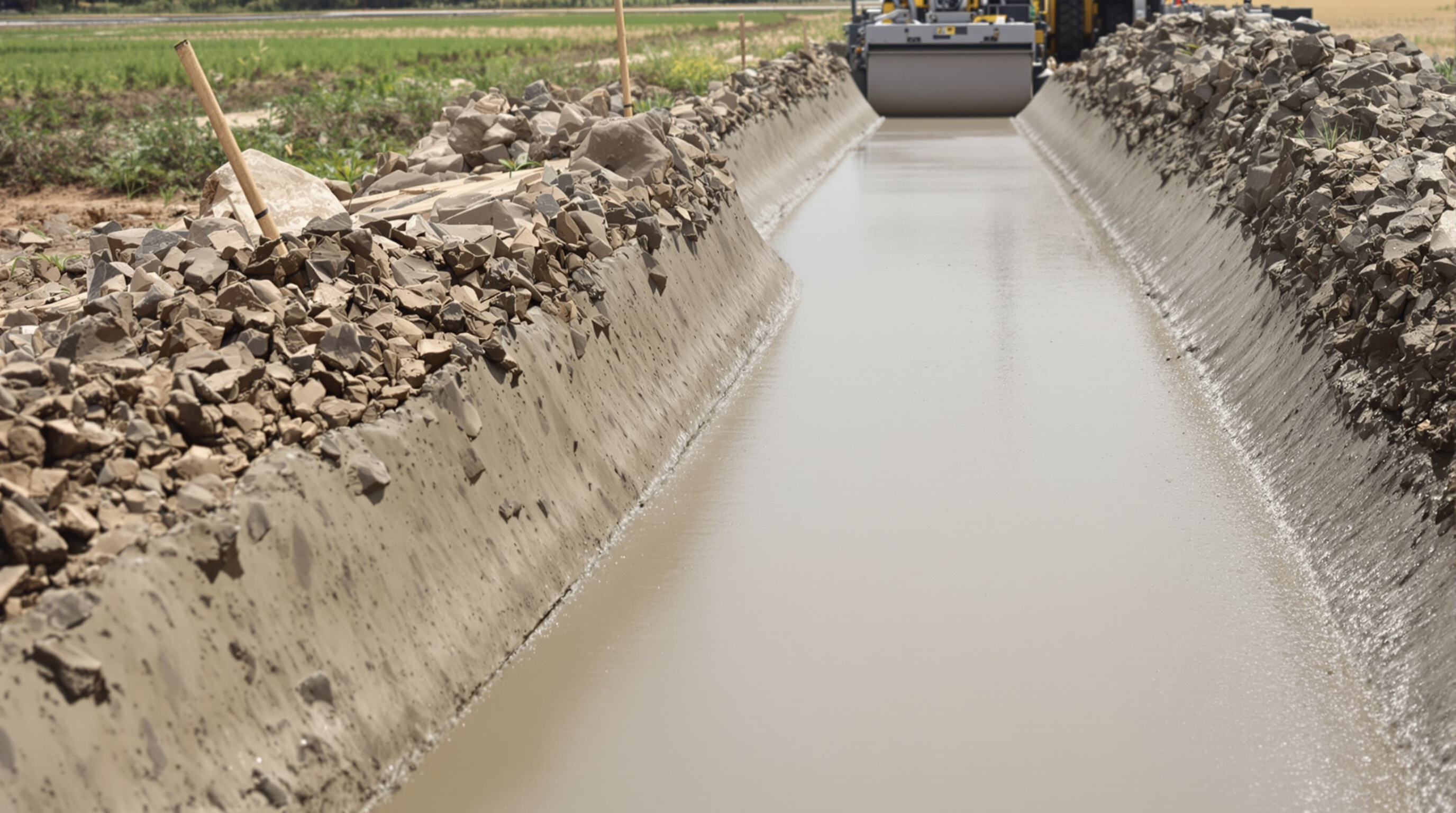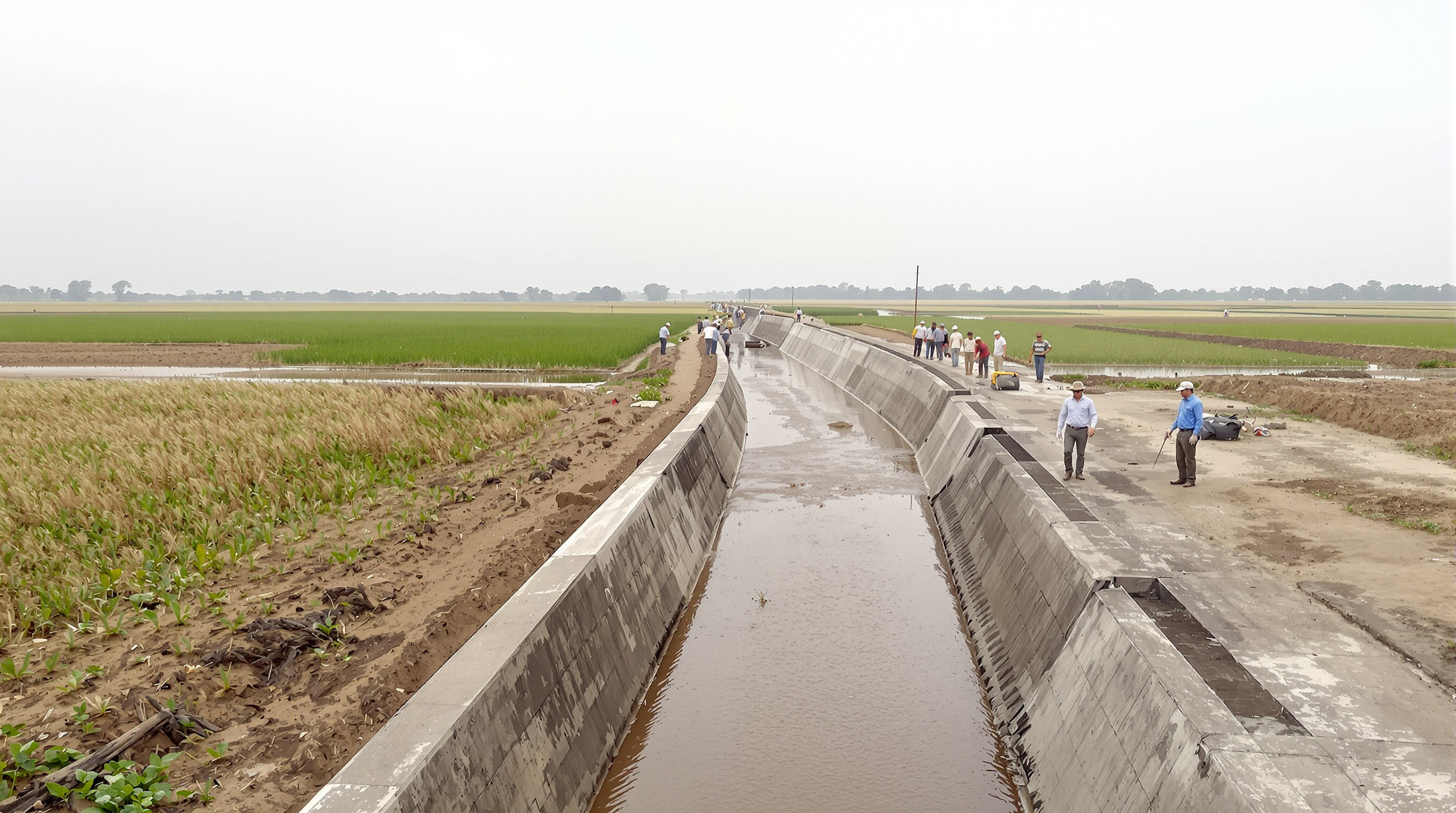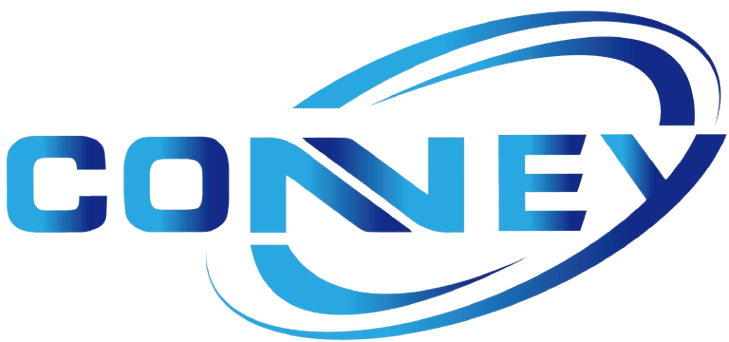Maximizing Water Conservation with U Shape Ditch Lining Machine

Reducing Seepage Losses Through Precision U Shape Liners
Studies from USDA in 2023 show that those U shaped ditch liners can reduce water leakage by almost 90 percent when compared against traditional unlined channels or trapezoidal designs. What makes these liners so effective is the seamless concrete or composite membrane they create along the ditch walls. This forms basically a watertight shield that stops contaminants from getting into groundwater sources while keeping most of the irrigation water where it needs to be. The real advantage comes from how precisely these machines lay down the material. Manual installation often leaves small gaps between sections which lets water escape over time. These tiny openings are actually responsible for most of the water loss problems we see in older canal systems across the country.
Role of Canal Geometry in Enhancing Hydraulic Efficiency
The semicircular cross-section of U-shaped liners reduces turbulence by 30–40% compared to V-shaped channels, minimizing energy loss as water moves through irrigation networks. This geometry ensures uniform velocity distribution, enabling 15–25% greater flow capacity without widening ditches—essential for farms in arid regions with limited water allocation.
Improving Flow Efficiency in Lined Canal Systems
By preventing vegetation intrusion and sediment buildup, U-shaped liners maintain consistent flow rates over decades. Projects using mechanical lining technology report 98% conveyance efficiency over 10-year periods, reducing pumping costs and enabling precise crop delivery.
Boosting Irrigation Water Use Efficiency Using U Shape Ditch Lining Machine

Factors Affecting Water Conveyance Efficiency in Modern Irrigation
A lot of modern irrigation systems waste around 40% of their water because of leaks and evaporation from those old fashioned unlined canals according to FAO data from last year. The new U shaped ditch lining machine actually tackles several key issues at once: how much water soaks into the ground, getting the design right, and keeping everything aligned during operation. These U shaped linings work better than the typical trapezoidal channels since they form a kind of smooth curve that cuts down on water turbulence somewhere between 22% and 30%, according to research published in the Journal of Irrigation Science back in 2022. This means fewer dead spots where sediment builds up over time. When engineers adjust things based on local soil conditions like compaction levels and how thick the liner needs to be, the whole system becomes way more efficient. Some field tests show these adjustments can improve water delivery by anywhere from 18% all the way up to 35% compared to older techniques.
Measuring the Impact of U Shape Liners on Irrigation Efficiency
Field studies show U-shaped liners improve water delivery efficiency to 92–95%, outperforming unlined systems by 40% (National Resources Conservation Service 2023). A 5-year comparative analysis of 120 canal sections revealed two measurable benefits:
- Reduced maintenance frequency: Lined systems required 63% fewer repairs due to erosion resistance.
- Consistent flow rates: Precision-engineered curves maintained flow velocities within 0.3 m/s of design targets, even during peak demand.
This combination of durability and hydraulic optimization helps farms achieve 98% water distribution uniformity, a critical metric for arid-region projects.
Cost-Effectiveness and Long-Term Economic Advantages of U Shape Ditch Lining
Evaluating Durable Lining Materials for Sustainable Irrigation Projects
Choosing durable lining materials such as reinforced concrete or synthetic geomembranes plays a vital role in creating sustainable irrigation systems. The U-shaped ditch lining equipment makes it much easier to install these watertight barriers, which can cut down on water loss through seepage by somewhere between 40% and 60% when compared with traditional open channels. What really matters for performance includes how well the material stands up to UV damage, maintains low hydraulic conductivity (ideally under 1×10^-9 cm/s), and adjusts to changes in soil volume as temperatures fluctuate over time. These factors determine whether a lining will last around 25 years or more. Designers need to find the right balance between material strength and what Mother Nature throws at them, especially in hot dry regions where extreme temperature swings happen daily or areas that experience frequent freezing and thawing cycles. Get the material selection right for local soil conditions and these liners can last significantly longer, reducing the need for replacements by about 70%. This means water saved today becomes a lasting benefit for future generations.
Economic Benefits of Minimizing Water Loss in Canal Networks
U shape ditch lining machines deliver rapid ROI by addressing water transmission inefficiencies in irrigation networks. Each 15% reduction in seepage correlates with an 8% drop in pumping energy consumption—a dual saving mechanism observed in agricultural audits from 2018–2023. By lining primary canals:
- Maintenance costs decrease 30–50% due to reduced erosion repairs
- Water delivery efficiency reaches 92%, compared to √65% in unlined systems
- Payback periods average 3–7 years, depending on crop water needs
Eliminating silt removal and preventing leakage-induced topsoil salinization further amplifies decade-scale savings, especially in water-scarce regions.
Modernization of Irrigation Infrastructure with Mechanized U Shape Lining Technology
Automated Lining Machines Driving Sustainable Farm Water Management
The new U shaped ditch lining machines make it possible to install consistent concrete channels much faster than before, saving around 70% of the manual work compared to old school methods. These automatic systems keep the slope just right with only about 0.1 to 0.3 percent variation which helps stop sediment from building up over time. Plus they pour concrete continuously without those annoying gaps between sections that let water escape. We're talking about fixing a problem that causes between 18 and 22 percent seepage loss in canals lined by hand. Farmers who switched to these machines have seen their water losses drop anywhere from 35 to 60 percent according to research from Abd-Elaty and others back in 2022. That means better harvests especially in regions where water is always scarce.
Optimizing Canal Design for Large-Scale and Arid-Region Farms
The U-shaped channel design boosts water flow efficiency because it focuses the speed right at the middle of the channel. This cuts down on friction loss somewhere around 12 to maybe even 15 percent when compared to those trapezoid shaped channels. Farmers find this particularly useful in dry regions where there's not much rain. The narrow top means less water just disappears into the air through evaporation, probably cutting losses by about 20%. Plus, when irrigation systems use these standard shapes made by machines, measuring how much water flows becomes much easier. Growers can then adjust their watering so they get pretty close to what they need, usually within about 5% give or take.
Case Study: Successful U Shape Liner Deployment in Developing Regions
According to research published in Irrigation Science back in 2022, the introduction of U-shaped ditch lining machines made a huge difference for a 14 kilometer long canal system in Rajasthan, India. After these machines were put into place, they noticed something pretty impressive happening. The water seepage dropped dramatically from 3.2 liters per second per kilometer down to just 0.9 liters. What does that actually mean? Well, it allowed farmers to cultivate around 650 hectares of land that used to be completely dry, and now they can grow crops three times a year instead of just once or twice. Pretty remarkable stuff really. And financially speaking, the whole investment paid itself off in about four and a half years because they spent less money on pumping water and saw much better harvests from their fields.
Durability and Low Maintenance of U Shape Concrete Linings
Long-Term Performance Under Varied Soil and Climate Conditions
Concrete linings from the U Shape Ditch Lining Machine hold up really well in all sorts of conditions. They stay strong even when faced with freezing and thawing weather patterns, shifting soils, and contact with various chemicals. The high compressive strength means these linings don't bend or warp when water pressure builds up. Special mix formulas help cut down on damage from frost heaving too, according to several material tests we've seen. What makes these linings special is their curved shape. This design spreads out mechanical stress so cracks form much less often than with traditional trapezoidal ditches. Field data shows around 40% fewer cracks overall, which matters a lot for keeping water contained in dry farming areas and places prone to seasonal flooding. Plus, the smooth surface doesn't let plants grow through it or roots push their way in, problems that typically cause lining systems to fail over time.
Simplified Maintenance and Flow Control in Lined Networks
When installed mechanically, those U-shaped liners form channels that work really well for water flow, stopping sediment buildup and cutting down on how often maintenance is needed maybe around 60 to 70 percent. The smooth curves mean there are no joints for erosion to start at, plus concrete stands up pretty well against corrosion from farm runoff stuff. Surfaces that offer low friction keep water moving fast enough, over about 0.8 meters per second, so it doesn't get stagnant and need someone to go in and clean it manually. What makes these systems even better is their compatibility with existing automated flow control setups. They can be regulated precisely without having to tear apart or modify any structures already in place, which saves time and money in the long run.
Frequently Asked Questions (FAQ)
What is a U-shape ditch lining machine?
A U-shape ditch lining machine is a mechanized system used to install seamless concrete or composite membrane liners in irrigation ditches, reducing water loss and enhancing efficiency.
How does the U-shape design improve water conservation in irrigation channels?
The semicircular cross-section of U-shaped liners reduces turbulence and minimizes energy loss, leading to greater flow capacity and water conservation.
What are the economic benefits of using U-shape ditch lining machines?
These machines reduce maintenance costs, improve water delivery efficiency, and usually have payback periods of 3-7 years, depending on crop water needs.
How do these machines help in arid regions?
They provide efficient water flow distribution and minimize evaporation losses, making them ideal for dry regions with limited water resources.
Can U-shape liners withstand varied soil and climate conditions?
Yes, concrete U-shape liners are durable against temperature fluctuations, soil shifts, and chemical exposure, ensuring long-term performance.
Table of Contents
- Maximizing Water Conservation with U Shape Ditch Lining Machine
- Boosting Irrigation Water Use Efficiency Using U Shape Ditch Lining Machine
- Cost-Effectiveness and Long-Term Economic Advantages of U Shape Ditch Lining
- Modernization of Irrigation Infrastructure with Mechanized U Shape Lining Technology
- Durability and Low Maintenance of U Shape Concrete Linings
- Frequently Asked Questions (FAQ)




